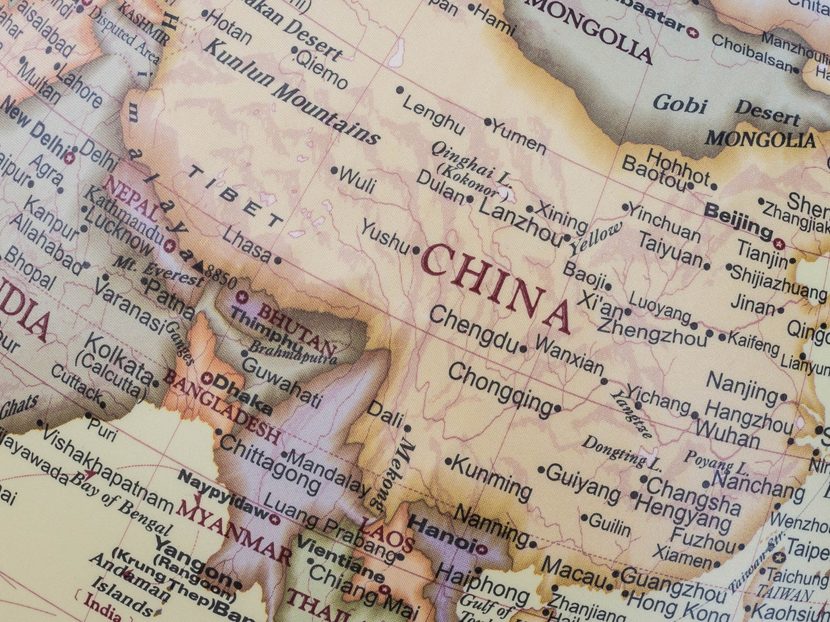Dropping Oil Demand Continues
The COVID-19 pandemic has reduced oil and gas use, while President Joseph Biden will prioritize renewable energy sources.

As if reacting to Joseph Biden’s presidency, the International Energy Agency slashed upcoming oil demand to its lowest level in years without indication of improvement ever after.
In its monthly report, the IEA darkened the outlook for crude consumption in the months ahead. It cited resurgent COVID-19 infection rates in the United States and Europe. The IEA now expects demand to fall to 8.8 million barrels a day this year — 400,000 barrels a day more than its last forecast. This is even more severe than OPEC’s previous estimates.
The IEA also slashed the demand forecasts for the third and fourth quarters of 2020, as well as the first quarter of 2021. Concurrently, the agency estimated a supply increase of more than a million barrels a day in December. This is being increased by Libyan supply, rebounding from a months-long blockade.
Even U.S. production jumped higher after hurricane-induced shortages in October, which had dropped 7 percent from previous averages. Brunt crude, the global benchmark, supported this trend, jumping substantially as the last 2020 quarter developed.
Nearly all the massive reductions are found in the oil-producing countries, according to the IEA. But they have been balanced slightly by the world’s two largest demand nations, China and India. Despite this downsizing of oil production and usage, the world has yet failed to winnow away from the glut of crude that brought oil pricing to near-lowest levels in modern times.
While stocks of refined oil products fell in September, they were down only 5 percent from the previous year’s market high.
Obviously, the pandemic has done much to pressure lower prices as oil usage in the world’s most advanced countries fell substantially. In attempting to predict the outlook for 2021, it’s a reasonable projection that the demand trend is settling down.
The real key of the future is President Joe Biden’s mandate of eventual elimination of coal and oil while taking an aggressive position for the fast development of green energy. With the election in the past, President Biden isn’t worried about the protective coal/oil plan presented by former President Donald J. Trump.
Big Tech Under Global Pressure
While America’s growing big technology firms have lost their charm at home, the same negativity toward these economic giants is taking place in other major world nations.
This is especially true of China, where the strongest Communist control allows no incursion into the stronghold that Xi Jinping and company have imposed. This also is true of major European nations that reject any competition with their governmental control factor.
China is the latest to implement an anti-trust crackdown, unveiling anti-monopoly rules to wipe $290 billion off China’s biggest companies’ stock market valuation in two days. The draft rules followed the surprise suspension of a stock offering by billionaire Jack Ma’s “Fintech” powerhouse Ant Group Co., making it clear that no company can evade the government’s crosshairs.
This move in China coincides with the recent ones in the United States and Europe to rein in supergiants Amazon, Apple, Facebook and Google.
Ironically, it was a German member of the European Parliament who championed a 2014 resolution to break up Alphabet Inc.’s Google. He stated that “growing economic power and its influence on local markets are a growing concern of competitors and consumers both.”
It’s no coincidence that the anti-trust crusades have accelerated during the coronavirus pandemic. A locked-down world has come to rely on tech companies more than ever, with some of the biggest racking up gains at the expense of small competitors.
In this new anti-trust era, the old focus of usurious pricing priority is no longer applicable. Several of the world’s biggest tech companies have established trillion-dollar monopolies by charging consumers extremely low prices.
These giants are increasingly assuring powerful positions in banking, finance, advertising, retail, etc. This has made it even more difficult for small businesses to compete geographically and product-wise in any given area.
With Beijing becoming the Silicon Valley of China, the international competition of giants is sure to come about.
Peaceful Coexistence of Populous China, India
It is always risky to project major events in the future, especially pertaining to the world as a whole. However, it makes sense if one can elicit the factors that likely will occur during the 80 years rounding out the current century.
With a world population estimated at more than seven billion, the growing combined population of China and India comprises more than 40 percent. Populations in both countries are growing at a pace unmatched in the rest of the world.
Much more important than that is the outstanding creative success that those two Asian giants foster:
China, with its world-leading 1.5 billion people, also is generating the world’s largest annual gross domestic product. Its GDP is close to 6 percent/head, a percentage admirable even in much less populated nations. This is due to the varied aspects of its economy, including the mining of critical elements not found in North American and European countries.
Although China considers itself a Communist regime, it is nothing more than a label it inherited when Sun Yat-sen toppled Chiang Kai-shek in the mid-20th century. As a neighbor of eastern Russia, China now gets the lion’s share of its oil through pipelines from Siberia.
India was late in its emergence as a mighty world power. With a population close to that of China, the country developed rapidly under British colonization, which ended with World War II.
Under the intense leadership of Prime Minister Narendra Modi, India is rapidly modernizing its previously lackluster economy. Although engaging in border disputes with China and antagonistic toward Islamist Pakistan and Bangladesh, this military does not prevent the Indian sub-continent from modernizing.
It’s safe to say that by the end of the 21st century, India will be joining China as the Asiatic duo, practically but peacefully dominating much of the world.





